Which of the following chemical system is non aromatic




The correct Answer is:D
To determine which of the following chemical systems is non-aromatic, we need to understand the criteria for aromatic, anti-aromatic, and non-aromatic compounds. Here’s a step-by-step solution:
Step 1: Understand Aromatic Compounds
Aromatic compounds must satisfy the following criteria:
- They must be cyclic.
- They must be planar (flat).
- They must have a continuous ring of p-orbitals (usually sp² hybridized).
- They must follow Hückel's rule, which states that the compound must have 4n+2 π electrons, where n is a non-negative integer (0, 1, 2, ...).
Step 2: Understand Anti-Aromatic Compounds
Anti-aromatic compounds also must be cyclic and planar, but they follow a different rule:
- They must have 4n π electrons.
- This leads to instability in the compound.
Step 3: Understand Non-Aromatic Compounds
Non-aromatic compounds do not meet the criteria for aromaticity or anti-aromaticity. They can be:
- Non-cyclic (acyclic).
- Cyclic but do not have a continuous ring of p-orbitals.
- Cyclic but do not have the required number of π electrons.
Step 4: Analyze the Given Options
Now, we need to analyze the chemical systems provided in the question. Look for:
- Systems that are not cyclic.
- Systems that have sp³ hybridized carbons (which do not contribute to π bonding).
- Systems that do not fulfill the 4n+2 or 4n rules.
Step 5: Identify the Non-Aromatic System
After analyzing the options, identify the one that does not meet the criteria for aromatic or anti-aromatic systems. This will be the non-aromatic compound.
Conclusion
The correct answer will be the option that is non-aromatic based on the criteria discussed above.
---
Aromatic compounds must satisfy the following criteria:
- They must be cyclic.
- They must be planar (flat).
- They must have a continuous ring of p-orbitals (usually sp² hybridized).
- They must follow Hückel's rule, which states that the compound must have 4n+2 π electrons, where n is a non-negative integer (0, 1, 2, ...).
Anti-aromatic compounds also must be cyclic and planar, but they follow a different rule:
- They must have 4n π electrons.
- This leads to instability in the compound.
Non-aromatic compounds do not meet the criteria for aromaticity or anti-aromaticity. They can be:
- Non-cyclic (acyclic).
- Cyclic but do not have a continuous ring of p-orbitals.
- Cyclic but do not have the required number of π electrons.
Now, we need to analyze the chemical systems provided in the question. Look for:
- Systems that are not cyclic.
- Systems that have sp³ hybridized carbons (which do not contribute to π bonding).
- Systems that do not fulfill the 4n+2 or 4n rules.
After analyzing the options, identify the one that does not meet the criteria for aromatic or anti-aromatic systems. This will be the non-aromatic compound.
The correct answer will be the option that is non-aromatic based on the criteria discussed above.
Topper's Solved these Questions
- BOOK - ERRORLESSCHAPTER - HYDROCARBONSEXERCISE - ASSERTION & REASON18videos
HYDROCARBONS
- BOOK - ERRORLESSCHAPTER - HYDROCARBONSEXERCISE - NCERT BASED QUESTION (AROMATIC HYDROCARBON)78videos
HYDROCARBONS
- BOOK - ERRORLESSCHAPTER - GENERAL ORGANIC CHEMISTRY EXERCISE - ASSERTION AND REASON14videos
GENERAL ORGANIC CHEMISTRY
- BOOK - ERRORLESSCHAPTER - HYDROGENEXERCISE - ASSERTION & REASON6videos
HYDROGEN
Similar Questions
Knowledge Check
- Question 1 - Select One

Which of the following chemical systems is/are nonaromatic?AIIBIVCII and IVDNone of these - Question 2 - Select One
The chemical system that is non− aromatic is
A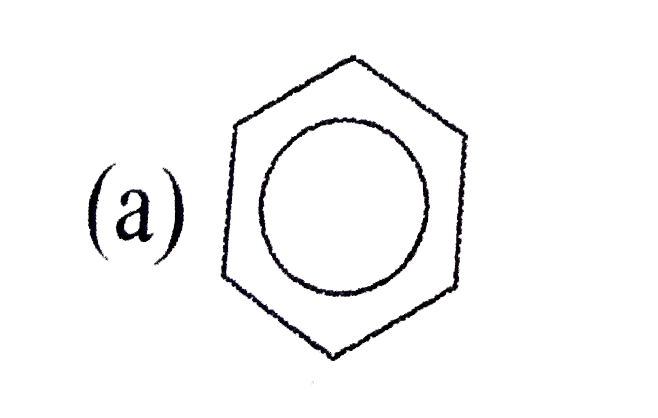 B
B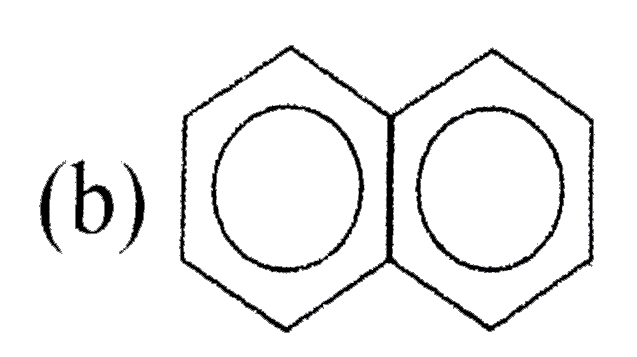 C
C D
D
- Question 3 - Select One
The chemical system that is non− aromatic is
A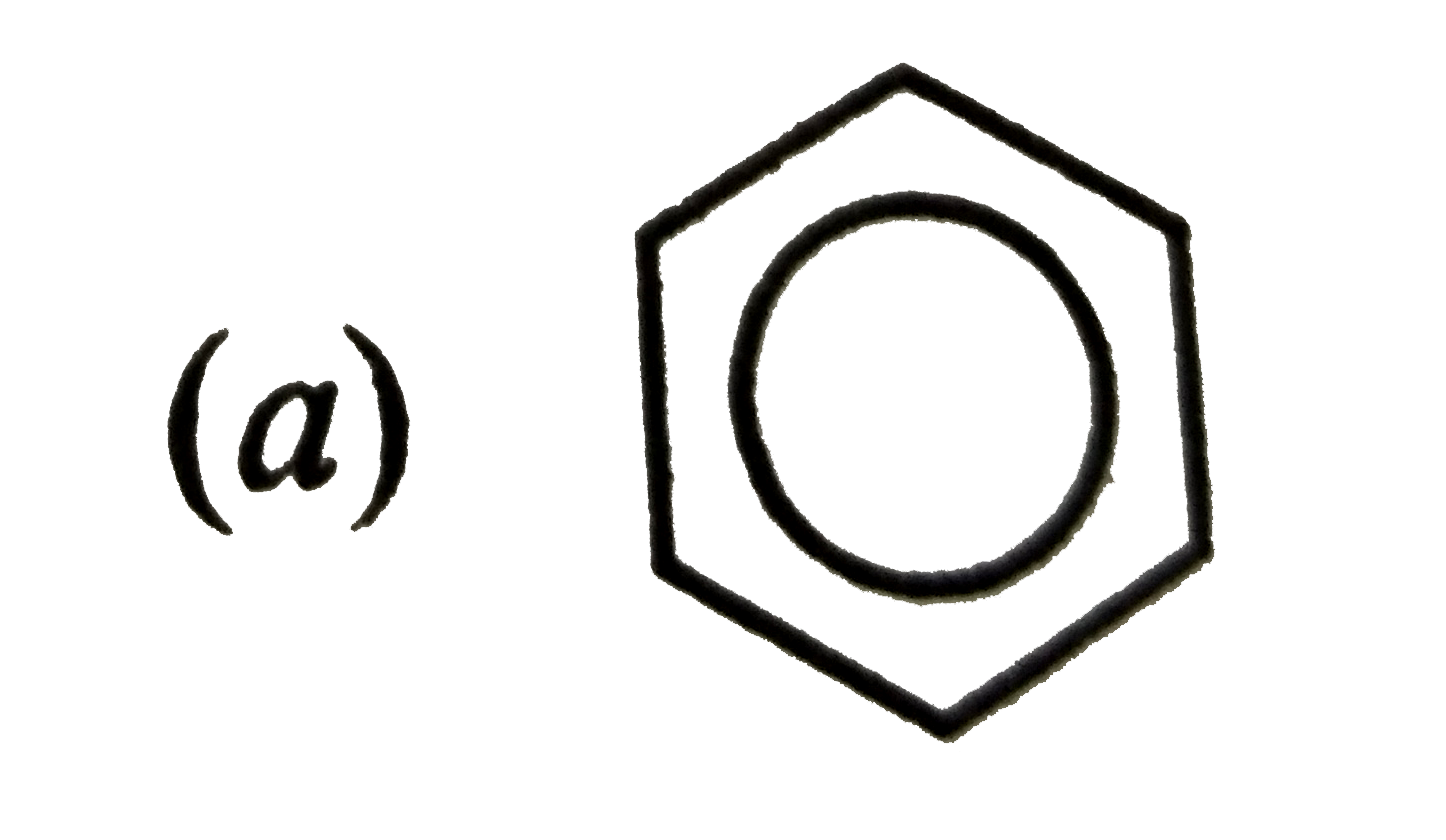 B
B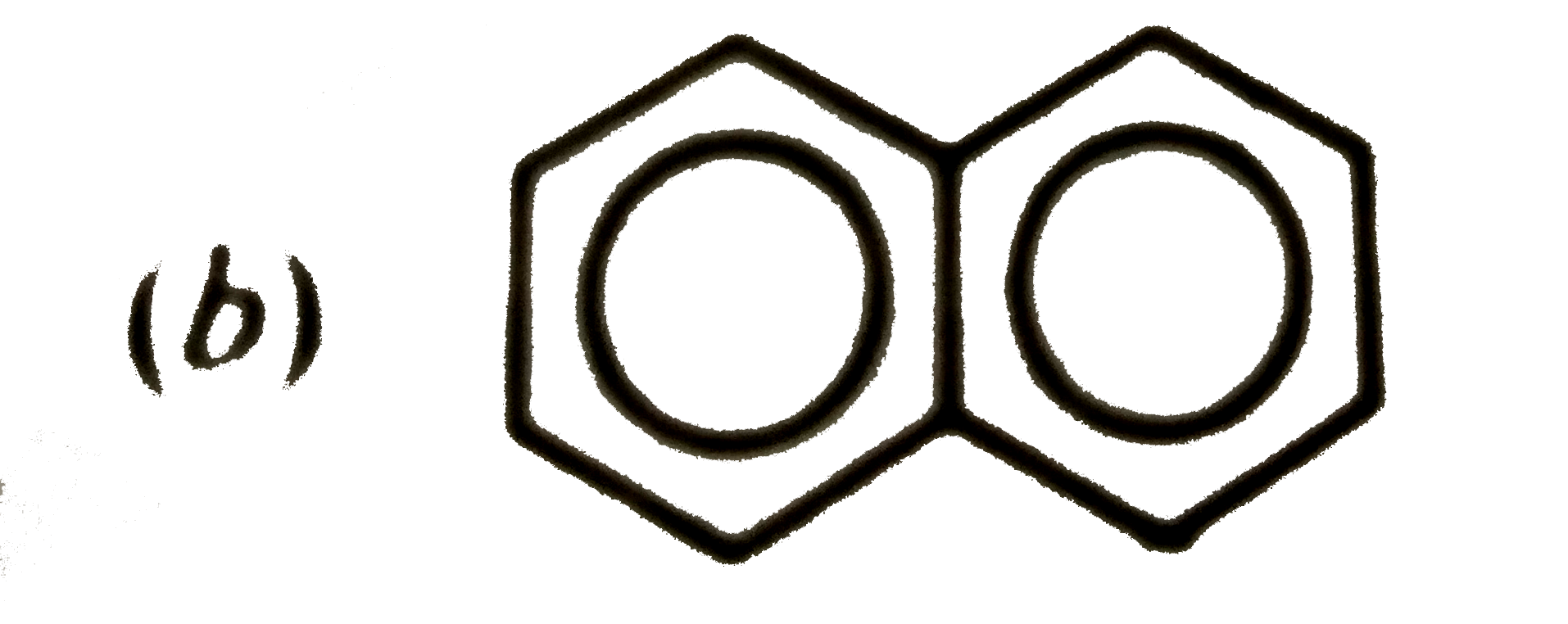 C
C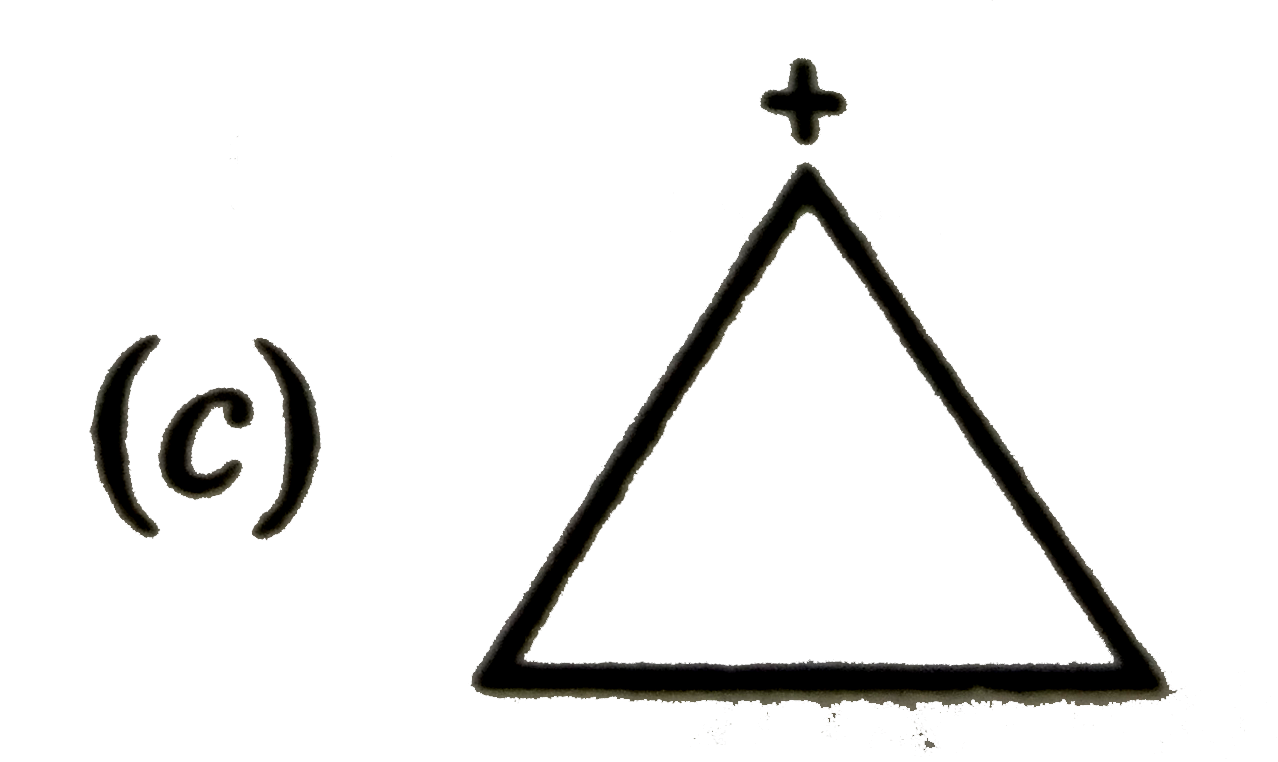 D
D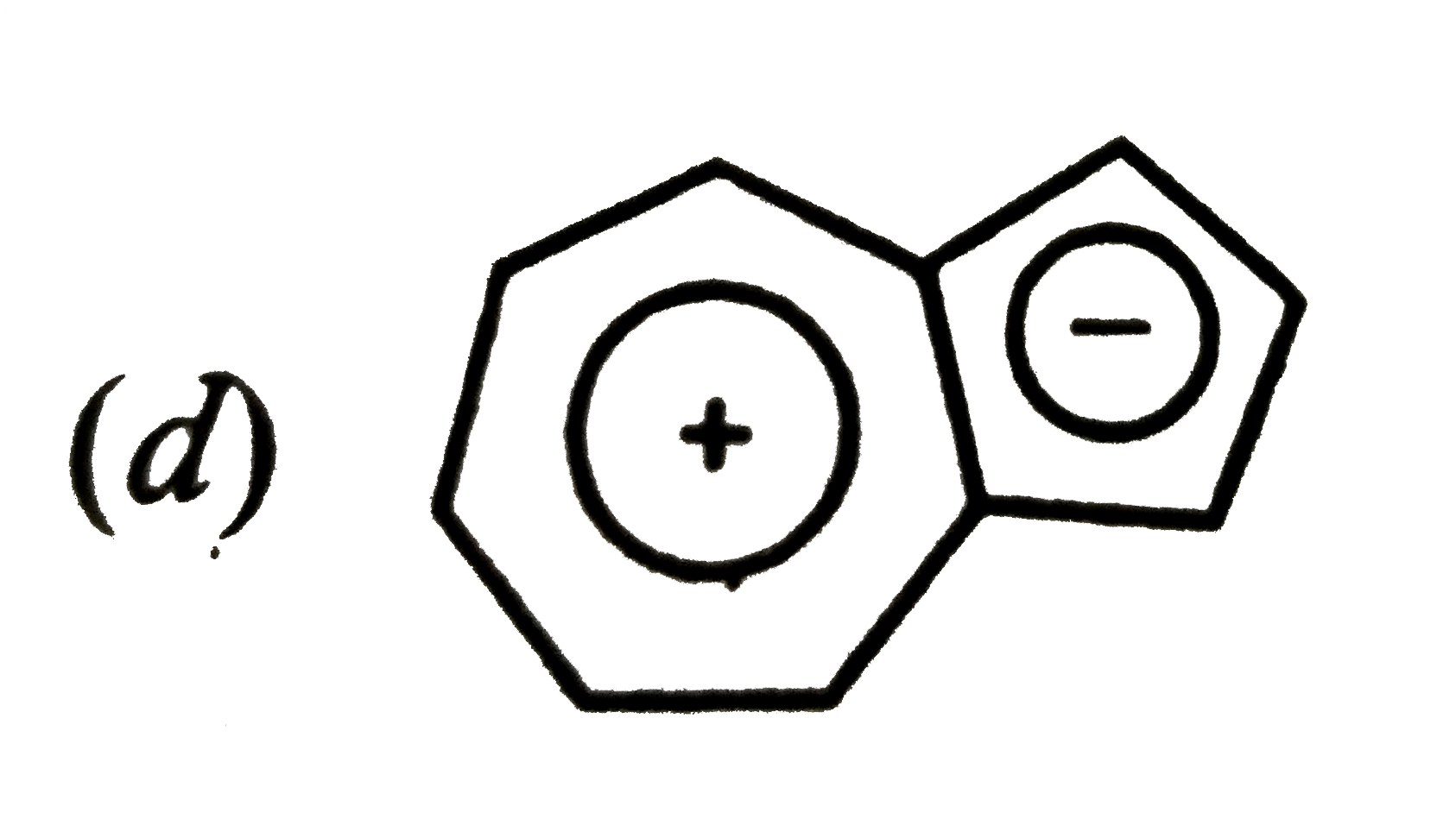
Which of the following chemical can act as non-classical ligand(s) ?
View SolutionWhich of the following compounds is non aromatic?
View SolutionWhich of the following chemical species can act a non-classical ligand(s) ?
View SolutionWhich of the following is aromatic ?
View SolutionWhich of the following is aromatic ?
View Solution


